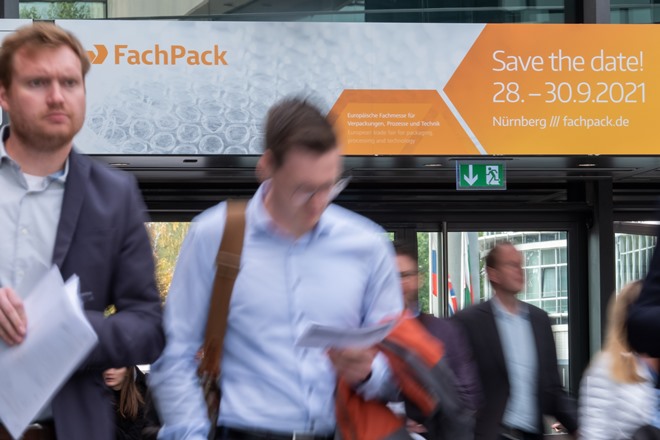Packaging has generally fallen into disrepute with many consumers. It is often perceived as superfluous and harmful to the environment, and for many people it has become a symbol of polluted landscapes and oceans. While it may be obvious to packaging manufacturers that this negative image is not true, there is still much to be done to implement a universal disposal and recycling system for packaging.
The good news is that as one of the most important marketing tools, packaging itself can also do something to help improve the situation. Packaging doesn’t just help manufacturers to sell their products, but also to position themselves and their products and create a positive impression. In this context, it functions as one of the most effective media for brand communication, providing information and decision-making tools, and creating trust. This can work just through the design alone. Minimalist packaging with fewer design features can already convey authenticity and intrinsic value, while at the same time paring down packaging material. But packaging has yet another wider responsibility, and that is to more or less represent the entire product and its intrinsic value. The environmental compatibility of a product is often judged by its packaging. Inconsistencies relating to its sustainability are picked up by consumers very quickly and can rapidly have the opposite of the desired effect if the packaging claims do not match the reality.
Packaging as communicator
A key task for packaging manufacturers and their customers is to create trust in the packaging and provide information about its important features. In addition, companies should provide information about its packaging in an understandable and honest way. Why was this material used? What is the best way for the consumer to dispose of it? This and other information must be communicated clearly, so that it can also be implemented and to prevent the failure of a circular economy because the recycling is too complex a task for the consumer. If a new packaging is being developed, for example, it should be designed so that it will easily end up in the correct bin or bag, and in such a way that it can be optimally utilised by the recycling companies. This is often not the case for composite materials, which should be avoided wherever possible, as the different materials cannot be readily separated by consumers and are often not identifiable as composite material. That this can work is demonstrated by the example of Unilever’s soup pouches, which are now made from a mono-material and are therefore easier to recycle.
Brand manufacturers best master these tasks by collaborating with packaging manufacturers, as this example shows. This is how to avoid mistakes and reduce expensive development costs. There are often technical and technological hurdles to be overcome, for example to make packaging smaller or plastic film thinner, without immediately having to invest in a new machinery park.
There is no question that for new product packaging, sustainability and the many associated aspects like recycling, ecological footprint, and CO2 reduction, need to play a key role. If only because increasingly, retailers are responding to demands for more environmentally friendly packaging and also want to have this aspiration reflected in the products they sell. After all, more environmentally friendly products are a good way of promoting your company. There are plenty of examples on supermarket shelves meanwhile.
For many corporations meanwhile, sustainability goals have also become part of their self-imposed obligations and are disclosed in regular sustainability reports. Transparency and a willingness to deal openly with criticism are a major part of successful sustainability management and the realisation of a functioning circular economy. In this context, packaging plays a special role as a medium for communication. For more visit fachpack.de



